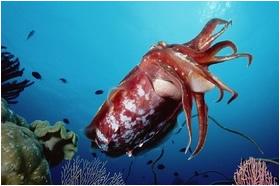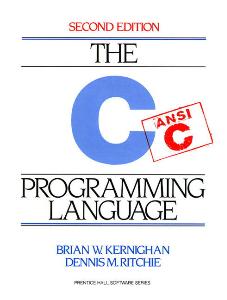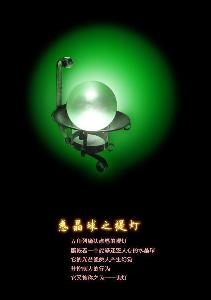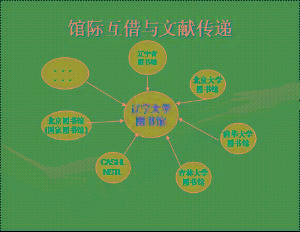全国制冷机维修电话
中技制2>Guide to Maintaining and Repairing Commercial Refrigeration Equipment
Introduction
Maintaining and repairing commercial refrigeration equipment is crucial for businesses in various industries, including restaurants, supermarkets, and food processing plants. Proper maintenance ensures the efficient operation of refrigeration systems, prevents breakdowns, and extends the equipment's lifespan. In this guide, we will outline essential steps for maintaining and repairing commercial refrigeration equipment effectively.
1. Regular Inspection
Regular inspections are fundamental for identifying potential issues before they escalate into costly repairs. Inspect the following components routinely:
a. Condenser Coils:
Check for dirt, debris, or blockages that can impede airflow. Clean the coils regularly using a coil brush or vacuum to maintain optimal heat transfer.
b. Evaporator Coils:
Inspect for ice buildup, corrosion, or dirt accumulation. Clean the coils with a soft brush and mild detergent to prevent frost buildup and maintain efficiency.
c. Compressor:
Listen for unusual noises such as knocking or humming, which may indicate compressor issues. Check for oil leaks and ensure proper lubrication according to manufacturer guidelines.
d. Refrigerant Levels:
Monitor refrigerant levels to detect leaks or insufficient charge. If there's a refrigerant leak, repair it promptly and recharge the system to the manufacturer's specifications.
2. Temperature Calibration
Accurate temperature control is critical for preserving perishable goods. Regularly calibrate thermostats and temperature sensors to ensure they maintain the desired temperature range. Use a calibrated thermometer for accuracy.
3. Seal Inspection
Check the seals on doors and gaskets regularly for wear and tear. Damaged seals can lead to air leaks, causing the system to work harder and compromising food safety. Replace worn seals promptly to maintain efficiency.
4. Electrical Components
Inspect electrical components such as wiring, switches, and controls for signs of wear, overheating, or corrosion. Tighten loose connections and replace damaged components to prevent electrical failures.
5. Condensate Drain Maintenance
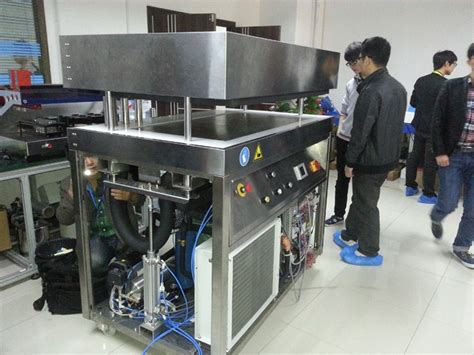
Clear condensate drains of debris and algae buildup regularly to prevent clogs and water damage. Ensure drains are sloped correctly to facilitate proper drainage and prevent water accumulation.
6. Professional Maintenance
While regular inspections and maintenance tasks can prevent many issues, it's essential to schedule professional maintenance at least once a year. Certified technicians can perform comprehensive inspections, identify potential problems, and perform necessary repairs or adjustments to optimize system performance.
7. Troubleshooting and Repairs
Despite preventive measures, equipment breakdowns may occur. When troubleshooting issues:
Refer to manufacturer manuals for guidance on diagnosing and repairing specific problems.
Use appropriate tools and safety equipment when working on refrigeration systems.
If repairs are beyond your expertise, seek assistance from qualified refrigeration technicians to avoid further damage or safety risks.
Conclusion
Effective maintenance and timely repairs are indispensable for ensuring the reliability and longevity of commercial refrigeration equipment. By implementing a proactive maintenance plan, conducting regular inspections, and addressing issues promptly, businesses can minimize downtime, reduce energy costs, and preserve the integrity of perishable goods. Remember to adhere to safety protocols and consult professional technicians when necessary to uphold optimal performance and safety standards.
